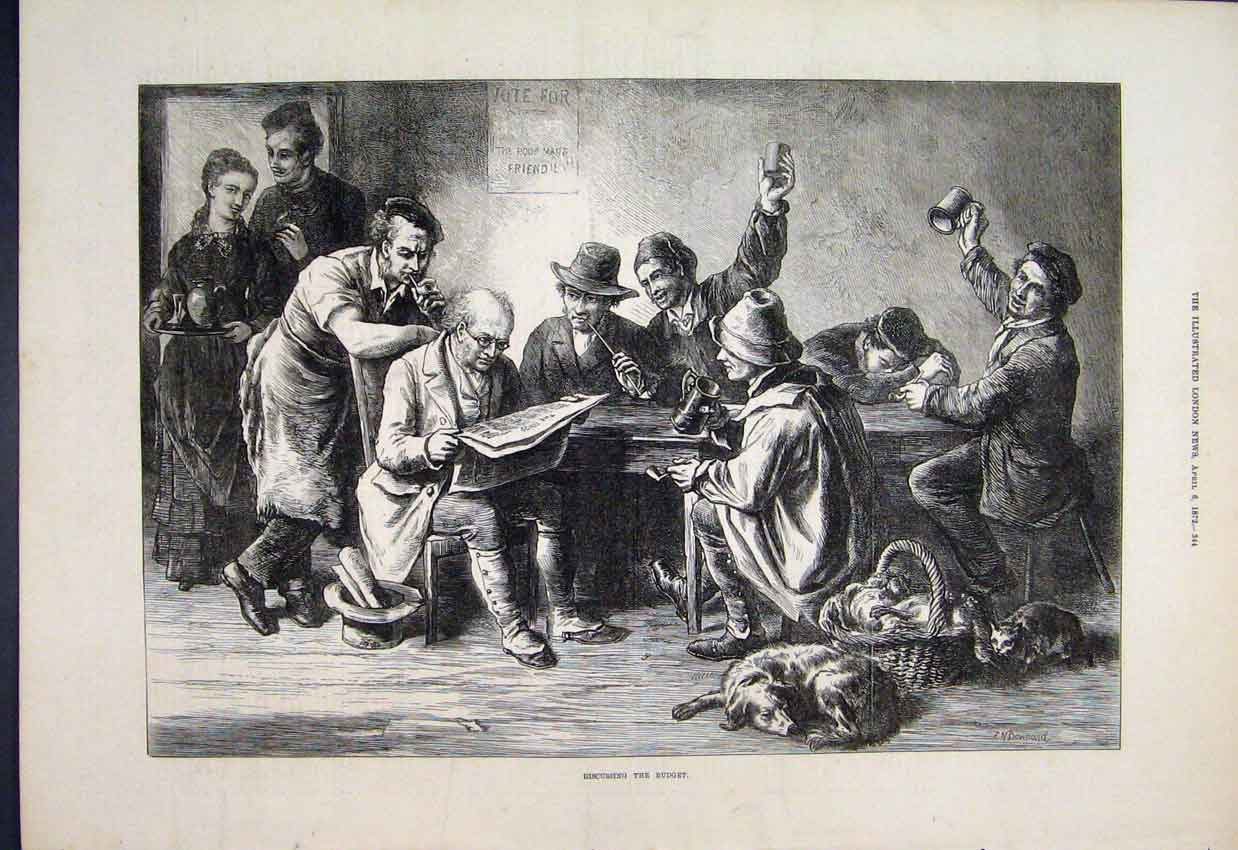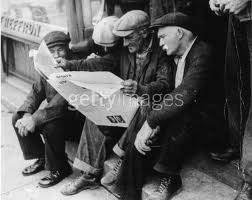
Unit 2 Print Media
Part1 Newspapers
Are newspapers read in your family? What source of information is the most popular among your parents? Your grandparents? Do you and your friends read newspapers? Why? Why not?
Look at the pictures. What do they illustrate?



Do you think that today newspapers are as popular and important as they used to be in the 18, 19, and 20 centuries? Will newspapers be popular in the 21 century? Justify your viewpoint.
Reading 1
Skim the essay by Michael Kinsley, an American political journalist, commentator, and television host, to find the main idea of it.
How would you headline the essay?
Somewhere in the forest, a tree is cut down. It is loaded onto a giant truck and hauled a vast distance to a factory, where the trees are turned into huge rolls of paper. These rolls are loaded onto another truck and hauled another vast distance to another factory, where the rolls of paper are covered in ink, chopped up, folded, stacked, tied, and loaded onto a third set of trucks, which fan out across cities and regions dropping bundles here and there.
Printing plants no longer have the clickety-clack of linotype machines and bubbling vats of molten lead. The letterpress machines that stamped the ink on the paper have been supplanted by offset presses that transfer it gently. There is computer-controlled this and that. Nevertheless, the process remains highly physical, mechanical, complicated, and noisy. As we live through the second industrial revolution, your daily newspaper remains a tribute to the wonders of the first one.
Meanwhile, back to those bundles. Some of them are opened and the newspapers are put, one-by-one, into plastic bags. They are loaded onto a fourth set of vehicles—bicycles by legend, usually these days a car or small truck—and flung individually into your bushes or at your cat. Other bundles go to retail establishments. Still other newspapers are locked into attractive metal boxes bolted into the sidewalk. Anyone who is feeling lucky and happens to possess the exact change has a decent shot at obtaining a paper or, for the same price, carting away a dozen.
What happens next? The proud owner of up to four or five pounds of paper and ink begins searching for the parts he or she wants. The paper has multiple sections, each of which is either folded into others or wrapped around others according to an ancient formula known only to newspaper publishers and designed to guarantee that no one section can either be found on the first go-through or removed without putting half a dozen other sections into play.
And so, at last, there are two piles of paper: a short one of stuff to read, and a tall one of stuff to throw away. Unfortunately, many people are taking the logic of this process one step further. Instead of buying a paper in order to throw most of it away, they are not buying it in the first place.
Bill Gates says that in technology things that are supposed to happen in less than five years usually take longer than expected, while things that are supposed to happen in more than 10 years usually come sooner than expected. Ten years ago, when I went to work for Microsoft, the newspaper industry was in a panic over something called Sidewalk—a now-forgotten Microsoft project to create Web site entertainment guides for a couple dozen big cities. Newspapers were convinced that Microsoft could and would put them out of business by stealing their ad base. It didn't happen. The collapse of the Internet bubble did happen. And, until very recently, the newspapers got complacent. Some developed good Web sites, some didn't, but most stopped thinking of the Web as an imminent danger.
Ten years later, newspapers are starting to panic again.
The trouble even an established customer will take to obtain a newspaper continues to shrink. Once, I would drive across town if necessary. Today, I open the front door and if the paper isn't within about 10 feet I retreat to my computer and read it online. Only six months ago, that figure was 20 feet. Soon they will have to bring it to me in bed and read it to me out loud…
No one knows how all this will play out. But it is hard to believe that there will be room in the economy for delivering news by the Rube Goldberg* process described above. That doesn't mean newspapers are toast. After all, they've got the brand names. You gotta trust something called the "Post-Intelligencer" more than something called "Yahoo!" or "Google," don't you? No, seriously, don't you? OK, how old did you say you are?
There is even hope for newspapers in the very absurdity of their current methods of production and distribution. What customers pay for a newspaper doesn't cover the cost of the paper, let alone the attendant folderol. Without these costs, even zero revenue from customers would be a good deal for newspapers, if advertisers go along. Which they might. Maybe. Don't you think? Please?
* Rube Goldberg – a common adjective, used to describe something ingeniously or unnecessarily complicated in design or construction (e.g. a Rube Goldberg machine). Rube Goldberg (1883-1970), an American cartoonist whose illustrations often depicted devices with such a complicated design
Read the text and answer the following questions:
What words and expressions does Michael Kinsley use to describe the process of making a newspaper? Do these words and expressions reflect his attitude to newspapers?
In the highlighted sentence from the second passage Michael Kinsley mentions ‘the wonders of the first industrial revolution’. Can you name any of these wonders? Can you list the wonders of ‘the second industrial revolution’? Are any of them connected with mass media?
How does the author describe the process of reading a newspaper? What, from his point of view, is the most irritating thing about it?
What do we learn about the Sidewalk project? What for does the author tell us about it?
What do we learn about the availability of newspapers? How available a newspaper should be to win the competition with the Internet?
What do you think can the word toast mean in the context of the article?
Focus on vocabulary
Fill in the gaps in the sentences with the words from the text.
If we can get some strong ropes or wires around the sunken boat, we might be able to ______her up.
The tree is too big, you'll have to ______back some of the branches.
They ______out from the farmhouse in twos and threes, and soon the place was empty.
A _____ is a large barrel or tank in which liquids can be stored.
Marx believed that socialist society would eventually ________capitalism.
He gathered the _______ of books into his arms and left the room.
_________stores usually count on the Christmas season to make up to half of their annual profits.
He is such a ________ person! He is pleased with himself and feels that he does not need to do anything about the situation, even though the situation is uncertain and dangerous.
If you say that something is__________, especially something unpleasant, you mean it is almost certain to happen very soon.
Sharing the ideas.
Is the author optimistic or pessimistic about the future of newspapers? What makes you think so?
Do you share the author’s viewpoint? Why? Why not?
Imagine you are an owner (a chief editor) of a big newspaper. Hold a meeting with your staff. Work out a plan how to make your newspaper popular in the Internet age.
